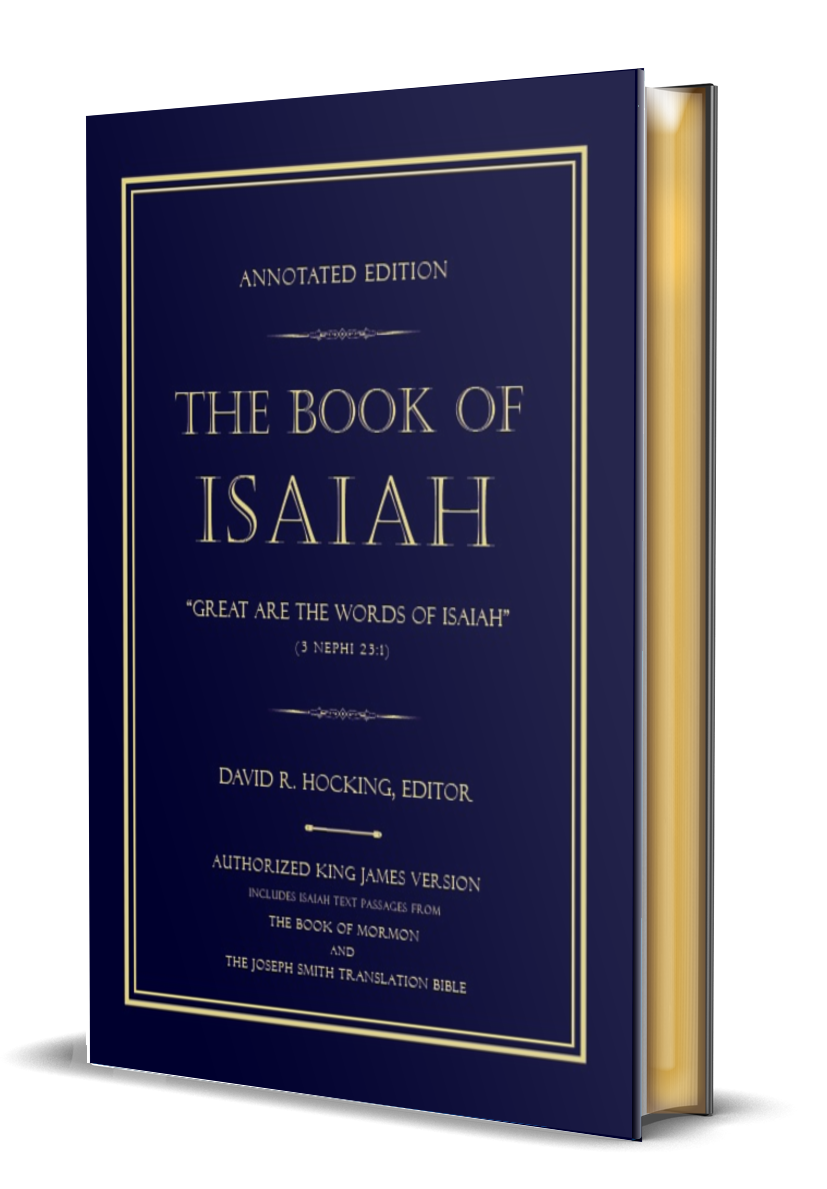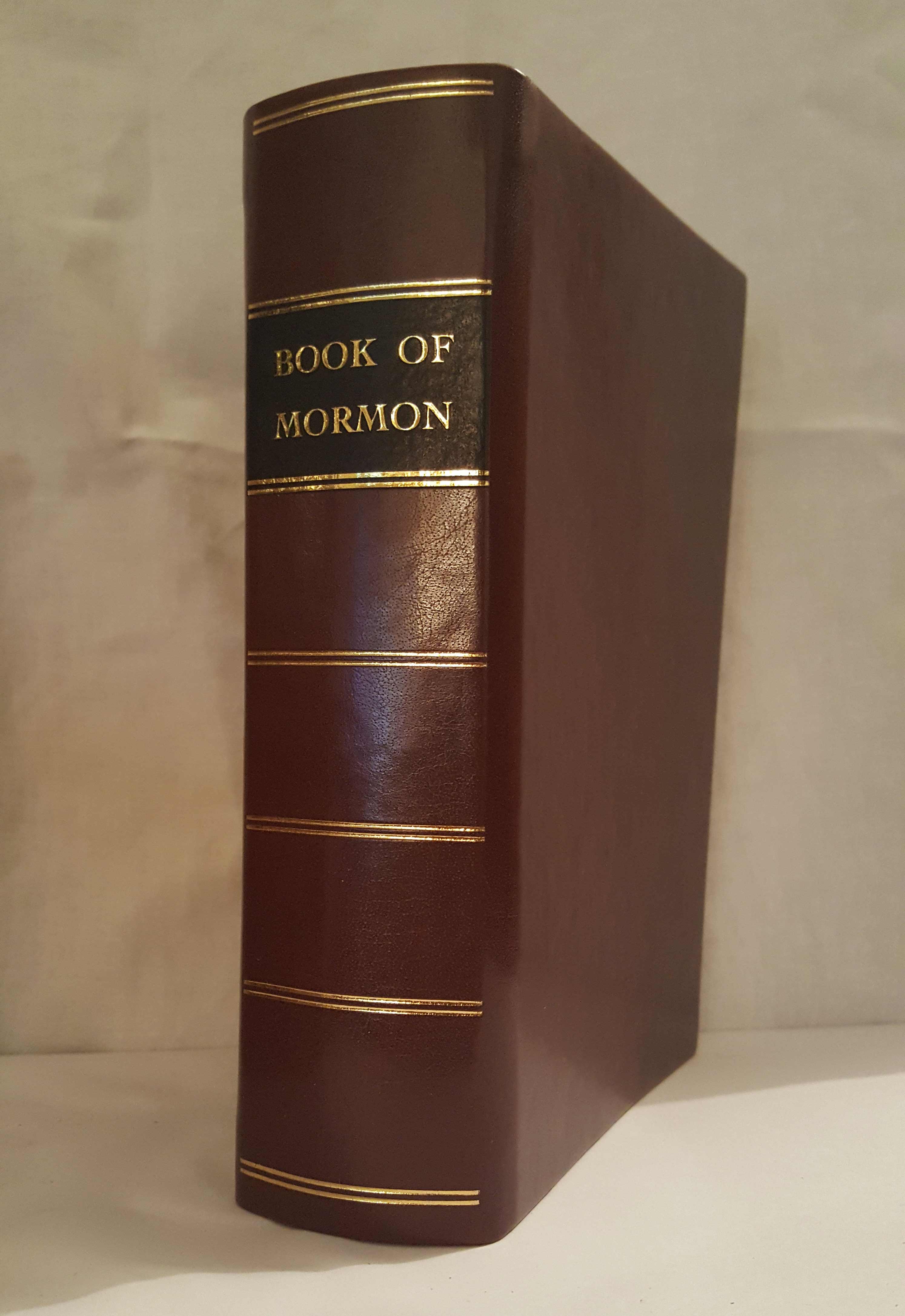Ian Main
Archaeology and the Book of Mormon
A Cultural Perspective
Couldn't load pickup availability
Share
About the book
Here is an excerpt from the book:
.Members of the Church of Jesus Christ of Latter-day Saints have long wrestled with the questions, "Where did the events of the Book of Mormon take place?" and "Who are the descendants of those people?" Such strivings are only natural as the Book of Mormon is central to our beliefs and anything that supports its truthfulness and links it to the physical world we see today is reassuring and confirming.
For much of my life the prevailing focus has been on Central and South America. Some years ago, missionaries carried copies of Ancient America Speaks, a Church produced film that linked the Book of Mormon with the ancient inhabitants of that region. At the same time Books of Mormon included artwork by Arnold Friberg showing Mayan buildings in the background. The same artwork was used on Church produced manual covers and adorned chapel walls. Later, videos and films continued the Central American theme.
During this period the Church always maintained that the Hill Cumorah was located in New York state, several thousand miles from Central America. A number of theories were proposed to account for the apparent discrepancy. Some suggested that there were two hills named Cumorah: One in New York and another, the site of the final conflict, in Central America. Some said that the Nephites retreated northward and were pursued by their enemies from Central America all the way to New York. Others conjectured that while much of the Book of Mormon took place in Central America, some people migrated far to the north.
In more recent times, the Central American theory has been challenged. Critics of the Church have used DNA studies in an attempt to discredit any linkage between Central American populations and Hebrew ancestry (DNA vs. The Book of Mormon, 2003). In response, proponents of the Central American theory have proffered "population bottleneck and genetic drift" as a possible explanation for why Central and South American populations lacked any trace of Middle Eastern DNA (Book of Mormon and DNA Studies, 2014). Population bottleneck and genetic drift requires the death of large numbers of people from a population followed by a gradual loss of genetic markers.
Other Church members have taken a different approach to Book of Mormon geography. Perhaps spurred by the DNA debate a growing band of Saints, led by people such as Rod Meldrum and Wayne May, have argued that North America is the actual setting for the Book of Mormon and have linked the Hopewell Culture to the Nephite race. Rather than stretching the geography from Central America to New York state they have proposed a setting from the Gulf Coast northward through the Mississippi Valley to the Great Lakes region (Meldrum, 2011).
The existence of a mid-west United States theory came as a surprise to me. As a member of the Church since the age of 16, I had spent most of my life picturing the Book of Mormon through an Arnold Friberg filter. I had no knowledge of the prehistoric period of North America and the Cultures that inhabited that land.
Not long after encountering the North American theory, I accompanied my wife to Ohio for unrelated business. In the course of that trip, I took the opportunity to visit a number of sites of the Hopewell and Adena cultures and met with people that had been studying those cultures for many years. I am grateful for their hospitality and generosity. In this book, I will briefly revisit the arguments that initially pointed me towards North American cultures. I will then outline some of the surprising cultural practices and traits that I have uncovered that strengthen the argument for a North American setting.
Case-Lot Special
Case-lot quantities are 6+. When you add quantity 6 or more to your cart the "case lot" discount automatically kicks in.This applies to any combination of theAnnotated Scripture Seriesproducts. So you could add one (1) of each up to 6 and get the same case-lot special.]
About the author
Our authors challenge conventional wisdom and go beyond the surface to deliver inspiring, faith-affirming, and ultimately transformative content.
Shipping
All orders are processed within 3 to 5 business days (excluding weekends and holidays) after receiving your order confirmation email. You will receive another notification when your order has shipped.
Domestic Shipping Rates and Estimates
Shipping charges for your order will be calculated and displayed at checkout.
International Shipping
We offer international shipping to countries where allowed. Shipping
charges for your order will be calculated and displayed at checkout.
Returns
We accept returns up to 30 days after delivery if the item is unused and in its original condition. Please review our refund policy for more information.
In the event that your order arrives damaged in any way, please email us as soon as possible at info@digitalegend.com with your order number and a photo of the item’s condition. We address these on a case-by-case basis but will try our best to work towards a satisfactory solution.

 Free shipping on orders over $99
Free shipping on orders over $99
 Up to 30% off on select titles
Up to 30% off on select titles
FAQ
How can I stay updated on new releases and special offers?
Join our newsletter to receive 15% off your next order and stay informed about exclusive offerings, new releases, author presentations, and more. Sign up Here.
How can I submit my manuscript for consideration?
We’re always on the lookout for compelling manuscripts and welcome both new and experienced authors. Find out how to get published Here.
Does Digital Legend offer self-publishing services?
No, Digital Legend is not a self-publishing company, but we would be happy to discuss your manuscript and help you explore options. Learn more about our publishing services Here.
How can I contact Digital Legend for inquiries or support?
If you have any questions or comments for us, fill out our Contact form or give us a call at +1 (801) 810-7718.





















